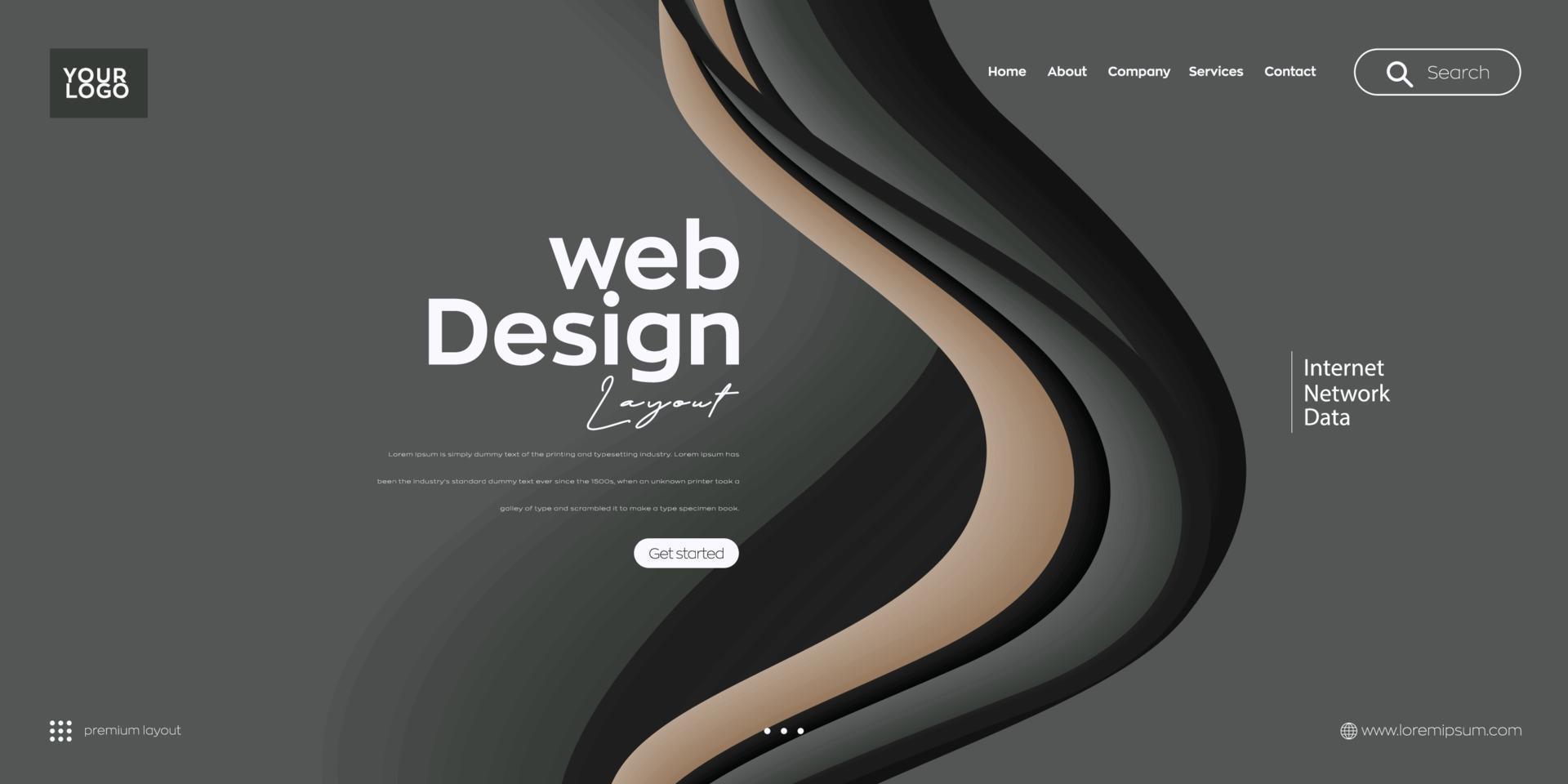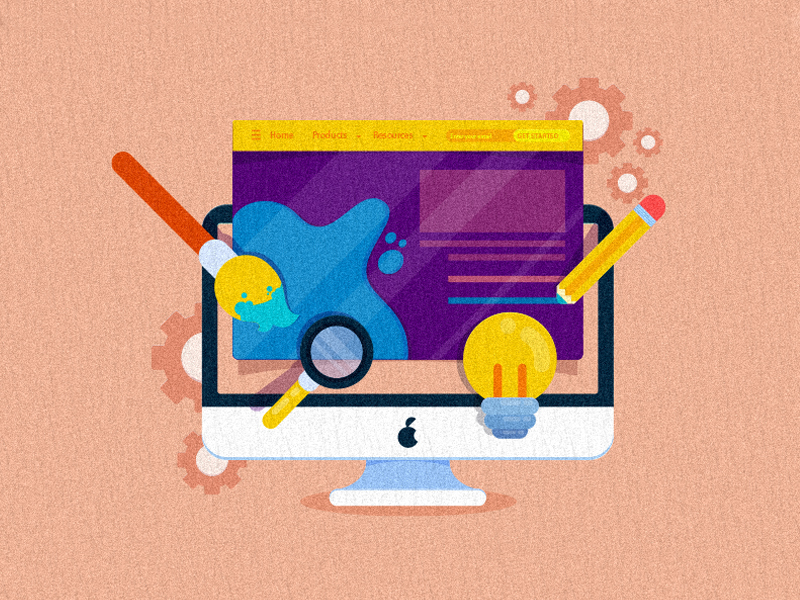The Very Best Kinds Of Web Design to Improve User Experience and Engagement
In the ever-evolving landscape of electronic communication, the efficiency of Web layout dramatically impacts individual experience and interaction. Different layout strategies, such as minimal, receptive, and interactive formats, each deal one-of-a-kind benefits that can provide to diverse individual requirements.
Minimalist Web Design
As digital landscapes come to be significantly chaotic, minimalist website design has actually arised as an effective technique to improving individual experience. This style viewpoint focuses on simpleness, concentrating on essential elements while removing unneeded distractions. By utilizing ample white space, uncomplicated navigating, and a restricted shade scheme, minimalist design fosters quality and guides user attention to key content.
The core concept of minimalist website design is to develop a seamless interaction for customers. By minimizing cognitive tons, users can swiftly realize info without feeling bewildered. This straight method not only boosts functionality but additionally motivates involvement, as site visitors are most likely to check out a website that is visually enticing and easy to browse.
In addition, minimalist style frequently highlights typography and images, making use of these elements purposefully to convey messages properly. In essence, minimal Web style is not simply a trend; it is a thoughtful approach that recognizes the importance of user-centered design.
Receptive Website Design
In today's diverse electronic environment, responsive Web layout has actually become crucial for creating a seamless user experience across a wide variety of tools. As customers accessibility websites on mobile phones, laptop computers, desktops, and tablets, the ability of a website to adapt its design and material to different screen sizes and resolutions is important.
Responsive Web layout uses versatile grids, pictures, and CSS media inquiries to guarantee that Web content exists optimally, no matter the tool made use of. This strategy not just improves the visual appeal of a website yet additionally substantially improves functionality. Customers are most likely to involve with a site that offers a regular experience, as it gets rid of the stress of having to focus or scroll exceedingly.
By adopting responsive layout, companies can boost their exposure and reach a wider target market. In summary, responsive Web design is a basic practice that improves customer experience, engagement, and general contentment.
Interactive Web Layout
Receptive Web design prepares for boosting customer experience, however interactive website design takes this a step even more by involving customers in a much more dynamic method - Aligned Position Web Design. By including elements such as animations, clickable prototypes, and real-time comments, interactive Web layout captivates individuals, attracting them into a richer surfing experience
This strategy not just fosters engagement however also motivates individuals to discover material proactively instead of passively eating it. Methods such as gamification, where customers gain incentives for finishing jobs, can considerably boost the time invested in a site and improve overall fulfillment. Interactive functions can streamline complicated info, making it much more enjoyable and digestible.

Including interactive design components can also cause higher conversion rates, as customers are most likely to engage with a website that actively includes them. Aligned Position Web Design. Inevitably, interactive website design changes customer experiences into unforgettable trips, guaranteeing that visitors return time after time
Flat Style
Defined by its minimalistic strategy, flat style highlights simpleness and capability, removing unneeded components and concentrating on vital features. This design approach focuses on functionality, making certain that customers can navigate interfaces easily and efficiency. By employing a clean aesthetic, flat design eliminates the clutter frequently found in much more ornate styles, thus enhancing user focus on web content and capability.
The characteristic of level layout depends on its use strong colors, simple typography, and geometric forms. These components add to an aesthetically attractive interface that is both friendly and contemporary. Additionally, flat layout promotes a sense of clarity, permitting individuals to determine necessary actions and information without disturbance.
Moreover, flat layout is specifically efficient in responsive Web style, as its simplicity translates well throughout various devices and display sizes. The lack of complex textures and slopes lessens packing times, which is essential for keeping individual involvement. As digital landscapes continue to evolve, flat layout continues to be an appropriate choice for developing user-friendly internet sites that improve total experience. By focusing on important attributes, flat style not just satisfies customer needs yet also urges seamless communication, making it an important part of link effective website design techniques.
Flexible Website Design
Adaptive website design tailors the user experience by developing numerous repaired designs customized to various screen sizes and gadgets. Unlike receptive layout, which fluidly readjusts a single design, flexible layout uses distinctive formats for specific breakpoints, making sure optimum discussion on various systems. This approach allows designers to concentrate on the distinct attributes of each tool, boosting use by supplying specifically what customers require based upon their context.
One of the key benefits of flexible website design is its capability to enhance tons times and efficiency. By offering tailored content and images that fit the user's tool, internet sites can decrease information use and enhance loading speeds. This is specifically beneficial for users with slower links or restricted data plans.

Furthermore, flexible style facilitates an extra consistent and controlled branding experience. Given that designers produce numerous formats, they can guarantee that the aesthetic elements align with the brand name's identification across various platforms - Aligned Position Web Design. This leads to a natural user experience, improving interaction and advertising user retention
Final Thought
Minimalist design cultivates quality and emphasis, while recommended you read receptive style makes read this article certain versatility across various tools, advertising access. Jointly, these design comes close to add to the production of easy to use atmospheres that not only boost satisfaction but also drive greater conversion rates, underscoring their crucial importance in modern Web style techniques.

Minimal design promotes quality and focus, while responsive style guarantees flexibility across different tools, promoting ease of access. Collectively, these style approaches add to the development of straightforward environments that not only improve complete satisfaction however likewise drive higher conversion rates, underscoring their crucial importance in contemporary Web design strategies.
Comments on “Innovative Aligned Position Web Design: Future-Proof Websites for Businesses in Every Niche”